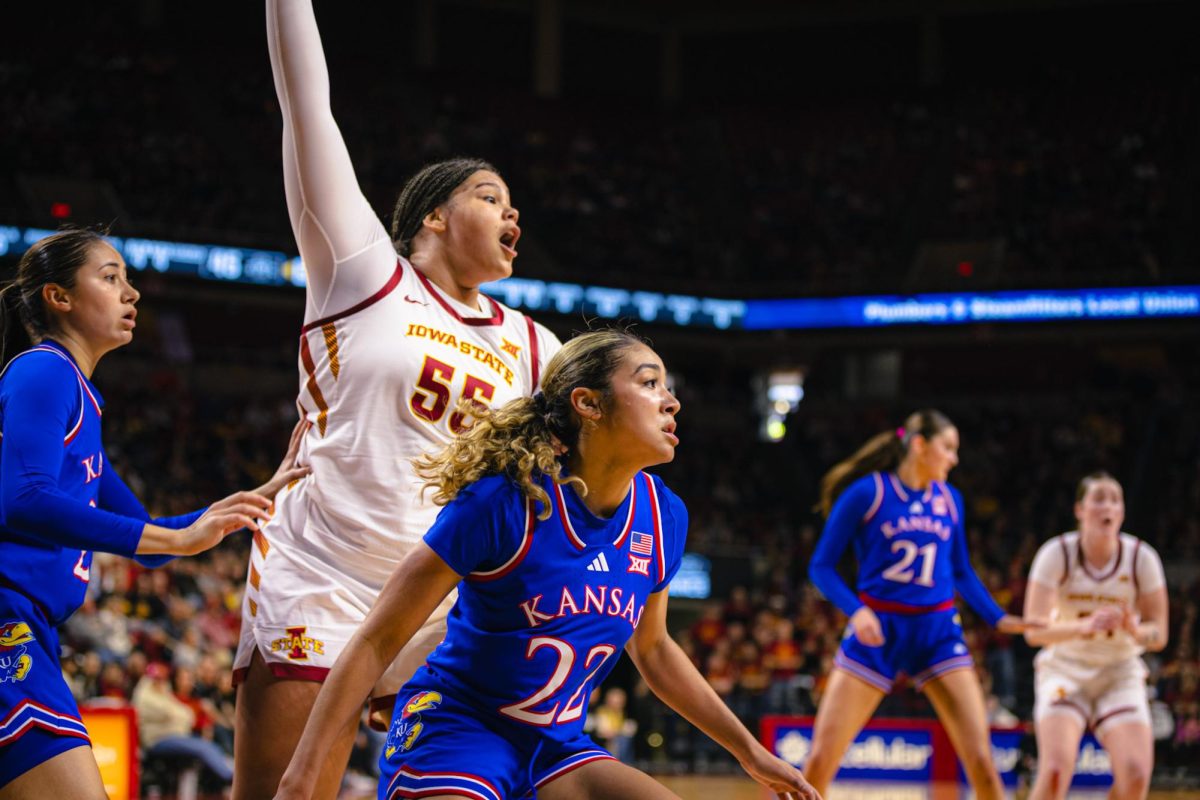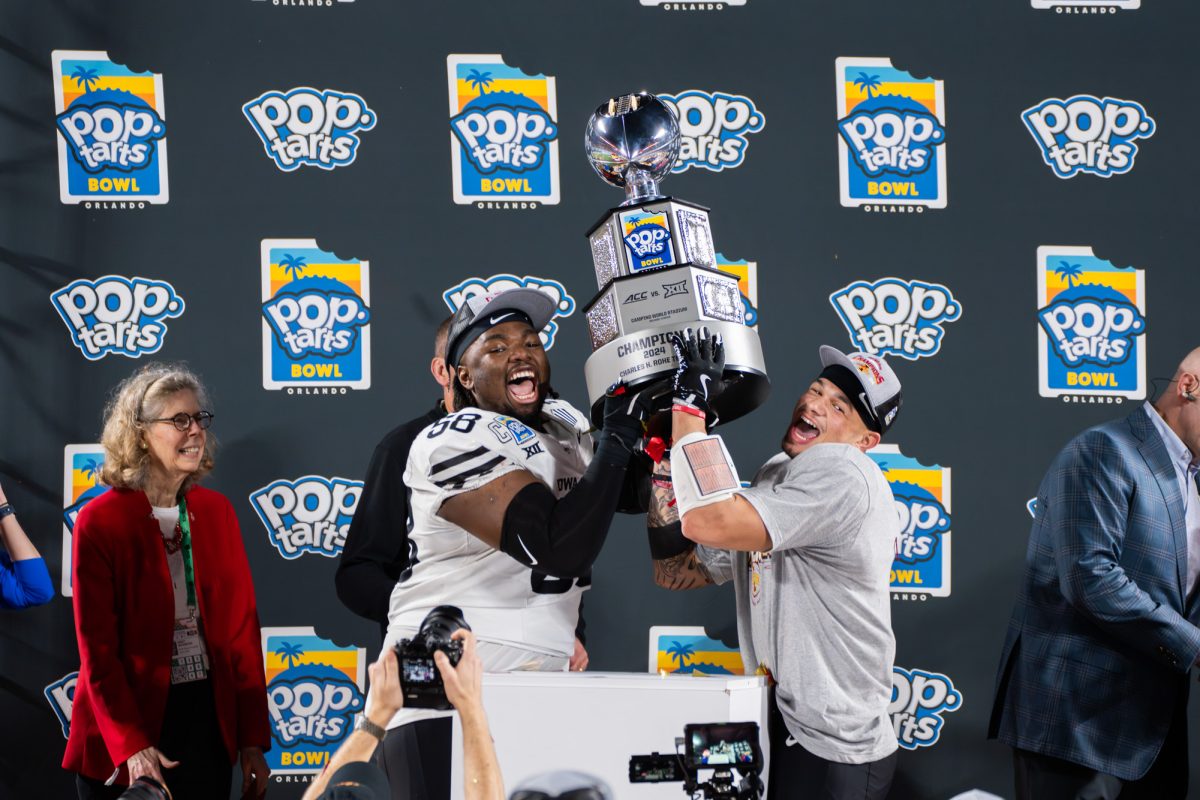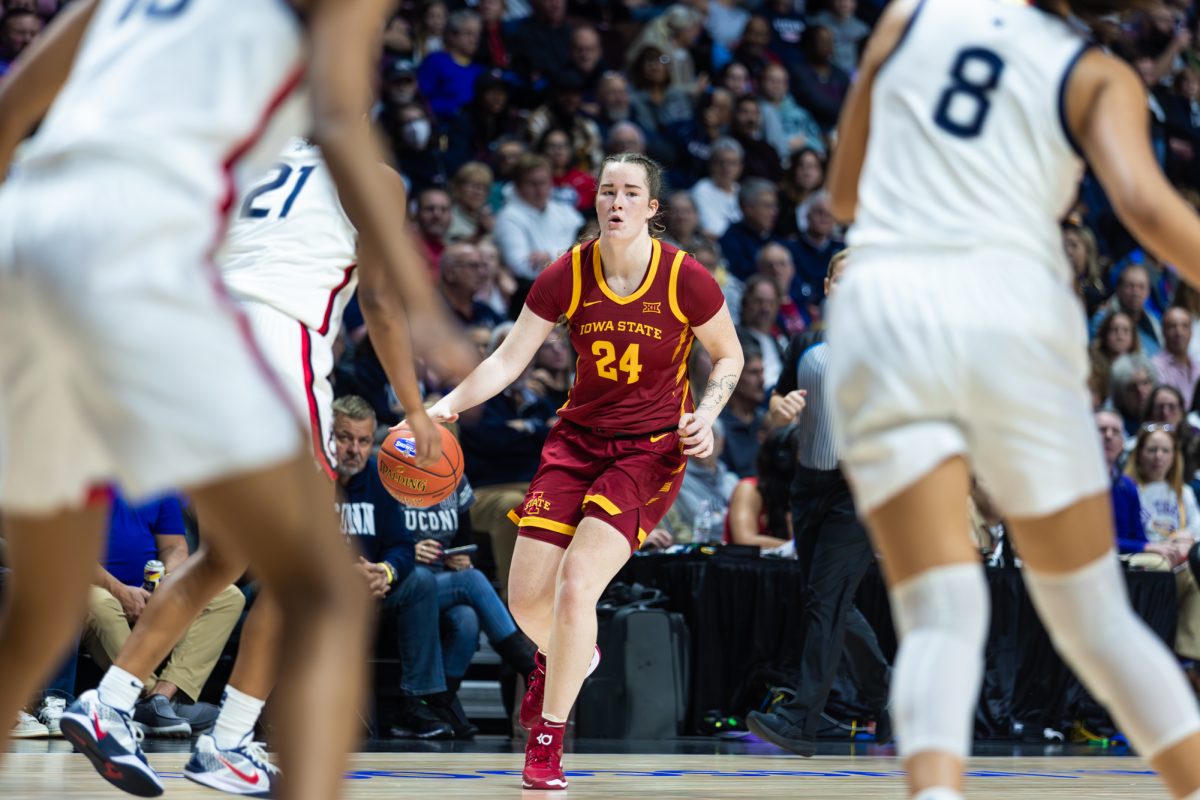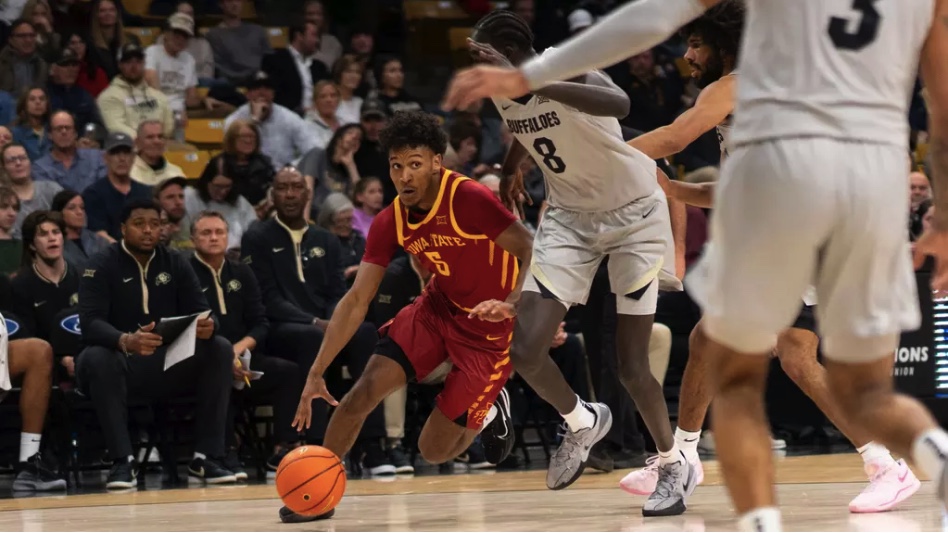We remember Challenger
January 30, 2001
My dad was in French class when he heard the news over the school PA system that President Kennedy was shot in a motorcade in Dallas. He was in gym class when the principal came over the loudspeaker again and told them the president was dead. Like many others in his generation, the question, “Where were you when JFK died?” evokes a response full of detail and a story full of memorable images; the First Lady standing beside Lyndon B. Johnson as he took the oath of office in an airplane, the salute John Jr. made to his father’s coffin in the funeral procession.Our American generation has been largely spared from historic episodes so burned into our identity that we recall where we were when we heard about them. We have powerful images of events from the last two decades — the fall of the Berlin Wall, the death of Princess Diana, the liberation of Nelson Mandela — but we largely lack the conscious, collective memory of where we were when these events took place.We do not have the assassination of a president or a Pearl Harbor burned into our memory. We do have the Challenger. The Challenger mission, which tragically exploded 90 seconds after take-off on Jan. 28, 1986, was to be a historic first. Among the seven astronauts killed in the explosion was Christa McAuliffe, a teacher devoted to bringing space education to her students.Even as young elementary students, we had learned about McAuliffe through Weekly Reader. We were excitedly anticipating what a teacher could learn about space and bring back to us. We thought maybe our own teachers had come from outer space. We looked forward to the launch of the Challenger. Before anyone could censor the tragedy from us, we saw the explosion before our own six-year-old eyes. Ask a college classmate if they remember were they were when they saw the footage of the Challenger explosion.”I was in first grade. We were all watching the launch on television.””I was home sick from school. My mom had the TV on, and we saw it happen.””Our teachers announced it to us during social studies.”I only vaguely remember first grade. If you can already read, it is a pretty boring year, sitting next to a sizzling radiator in an old square elementary building. But I can remember very clearly coming home from school on a bitter January day fifteen years ago and sitting on the gold carpet in front of our 13-inch black and white TV as footage of the Challenger explosion riveted me to the screen.I also remember asking my parents why the flag was flying only halfway up the flagpole. I remember how the career goals of half the first grade changed overnight; all the kids that dreamed of being astronauts have gone into farming or selling clothes at the Buckle or having babies.The Challenger tragedy was one of the first current events I can remember understanding. I understood that in one day, something went wrong and everything changed. It wasn’t like the arms races or the Iran contra scandal — events that touched the perimeter of our elementary lives but we couldn’t understand. We could understand that students had lost a teacher, scientists had lost a friend and America had lost a hero. We remember where we were when we learned this.Yesterday, on the 15th anniversary of the tragic death of the seven astronauts on the Challenger, the legacy of the crew and their ideals for science education live on. In Florida, memorial license plates commemorating the space shuttle Challenger tragedy have raised $35 million to support science and technology education in the state’s schools. Learning centers, museums and school technology programs have all received money from memorial foundations set up after the explosion. The Christa McAuliffe Planetarium receives nearly 60,000 visitors per year in Concord, N.H. as students and the public have access to hands-on science learning.Although she never got to bring back her perspective on space travel to her classes, Christa McAuliffe and the six others aboard the Challenger profoundly touched a generation. Ask anyone. We remember.Rachel Faber is a senior in Agronomy from Emmetsburg.






